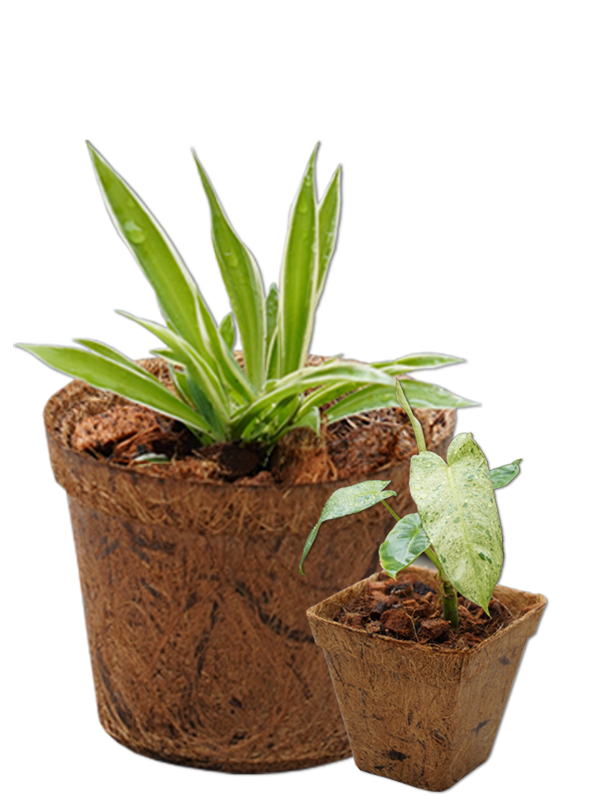Coco coir is a potting mix and made out of coconut husks The extraction of the coconut fiber husks results in a by-product called coco pith or coco coir. It is a renewable resource, biodegradable, and eco-friendly peat-free growing medium.
Coco coir helps your plants grow in the most environmentally sustainable way. As a multi-purpose product, it can be used in nurseries, gardens, allotments, greenhouses, lawns, and patios,
